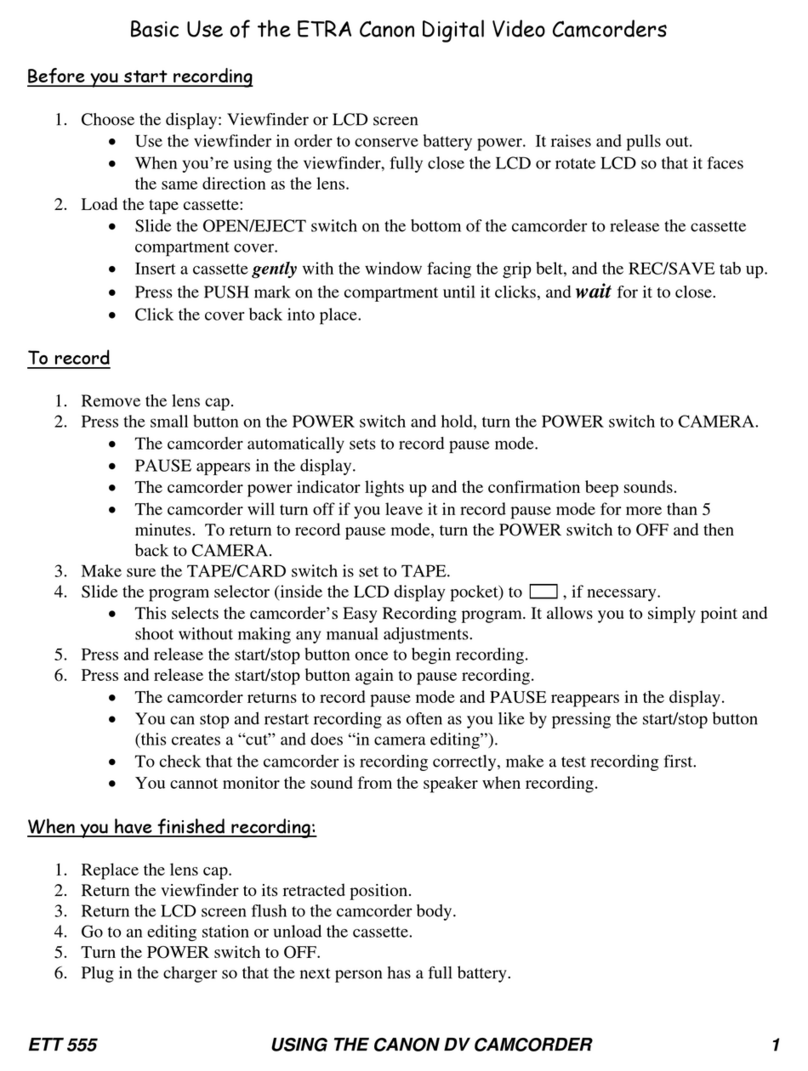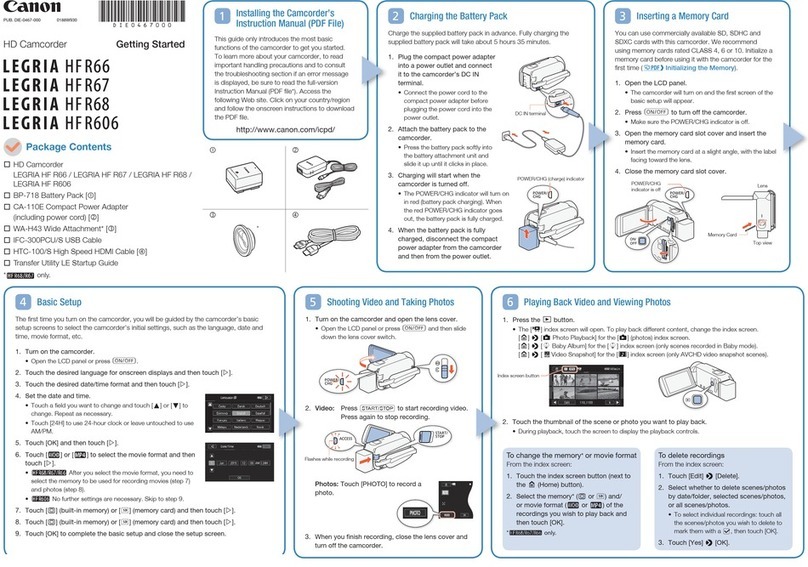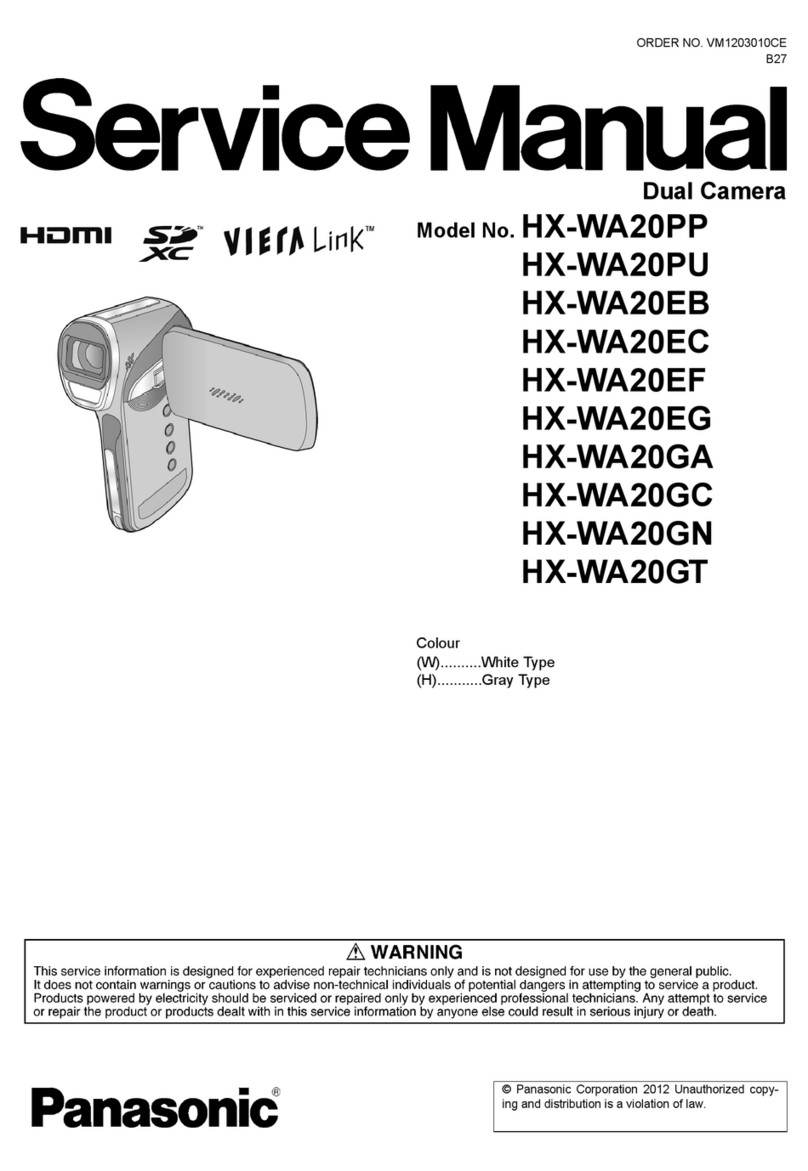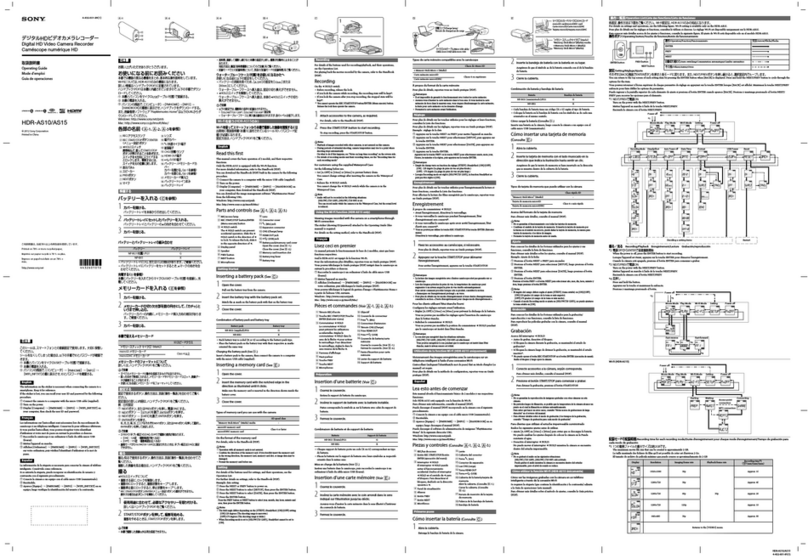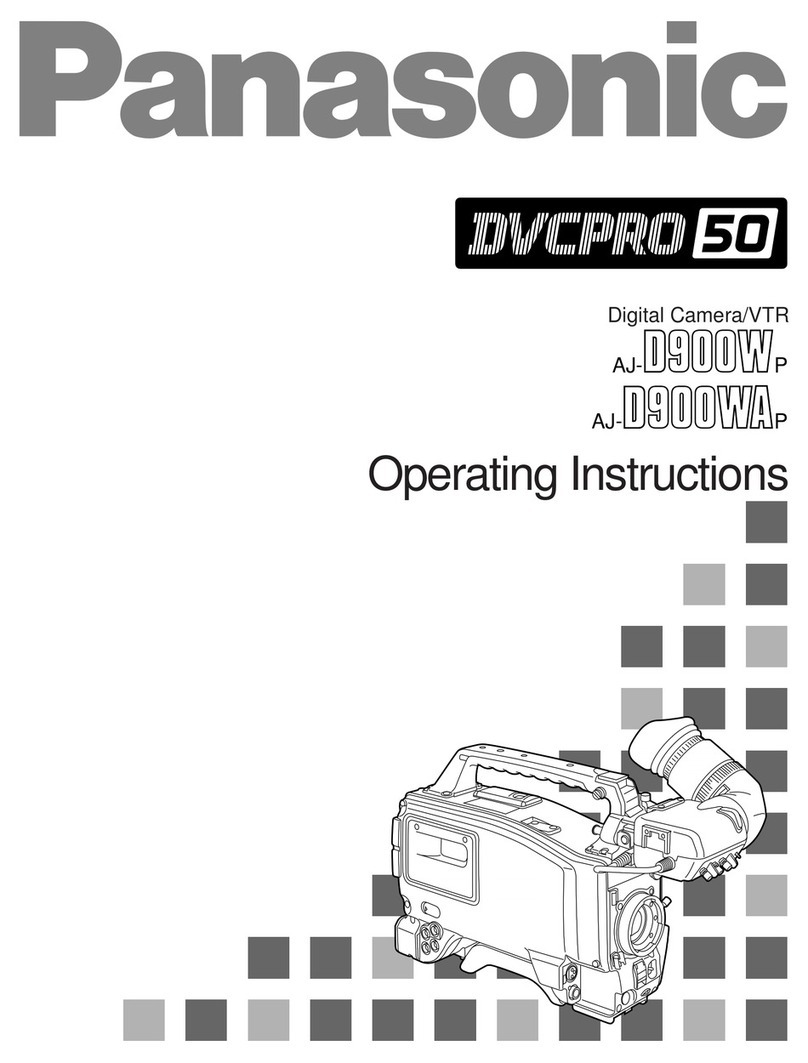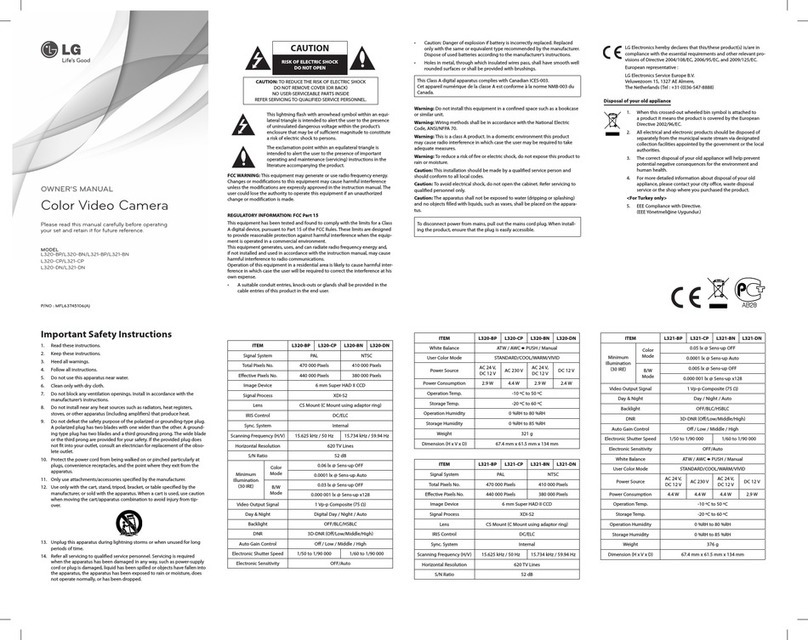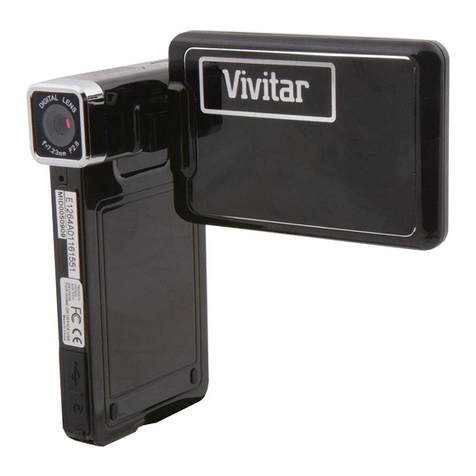Canon 310 XL User manual
Other Canon Camcorder manuals

Canon
Canon Optura 200 MC User manual
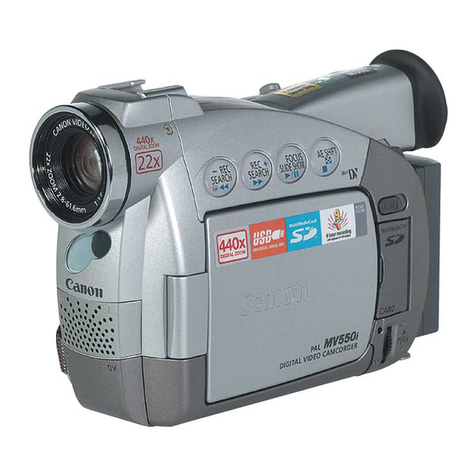
Canon
Canon MV550i User manual
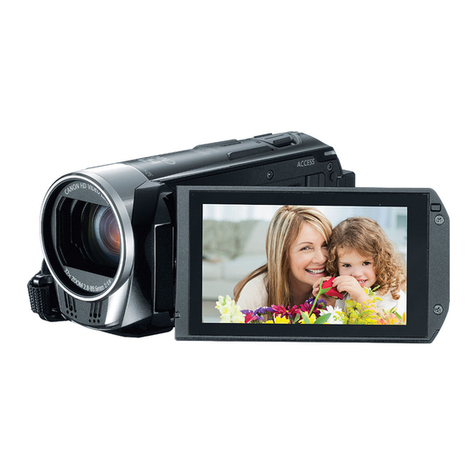
Canon
Canon VIXIA HF R30 User manual

Canon
Canon ELURA 50 User manual
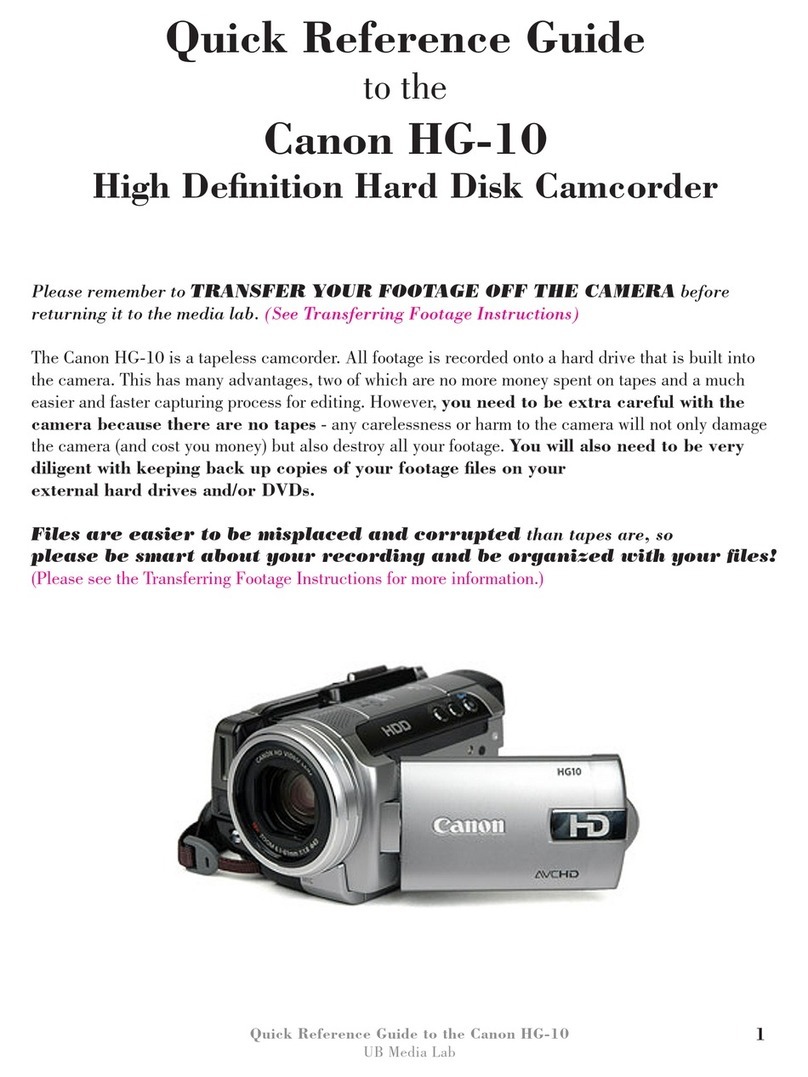
Canon
Canon HG-10 User manual
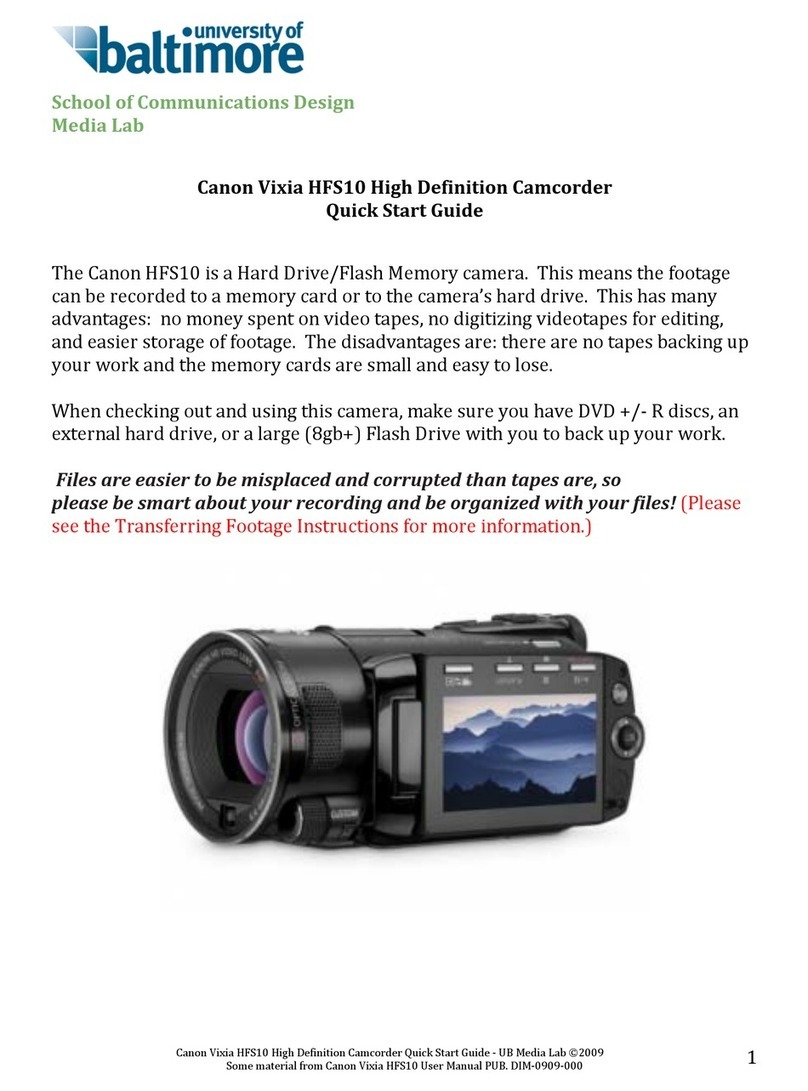
Canon
Canon VIXIA HF S10 User manual

Canon
Canon ZR 830 User manual
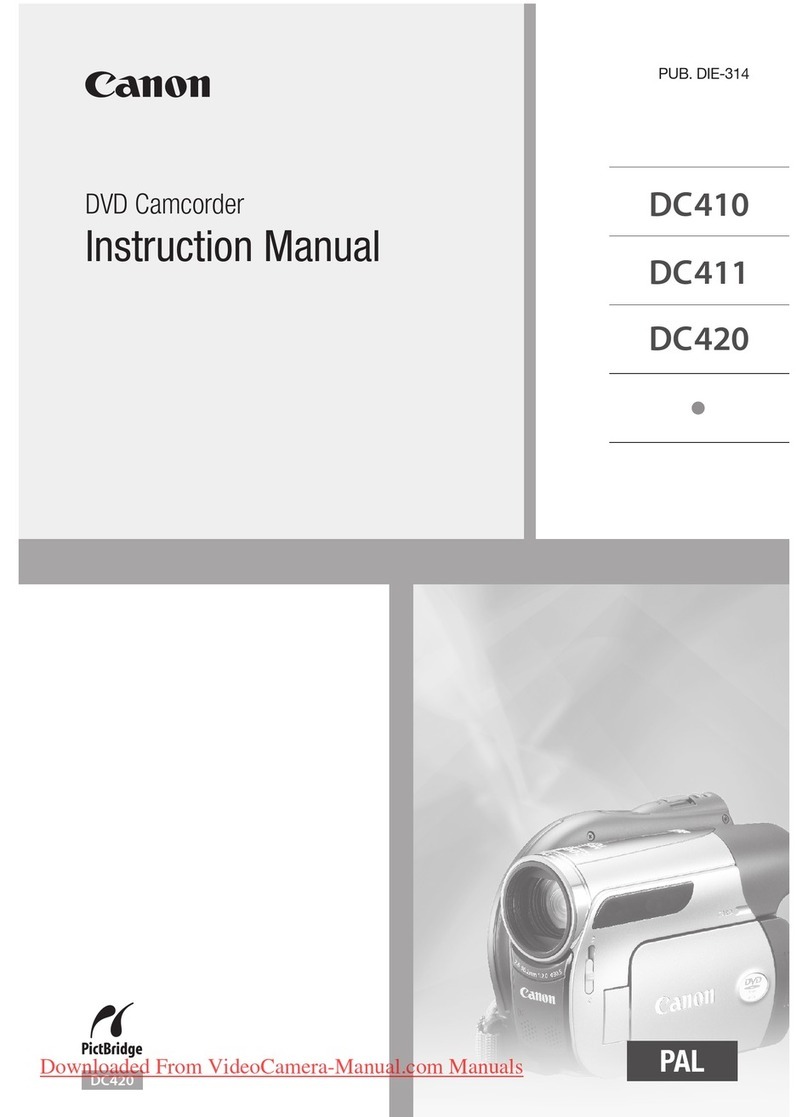
Canon
Canon DVD CAMCORDER DC410 User manual

Canon
Canon MVX350i User manual
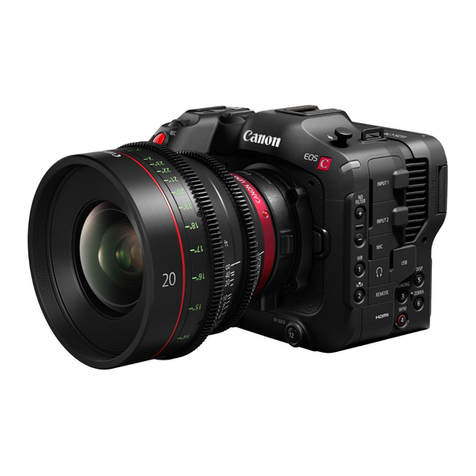
Canon
Canon EOS C70 User manual

Canon
Canon Auto Zoom 518 User manual

Canon
Canon DC330 User manual

Canon
Canon MV 200 i User manual
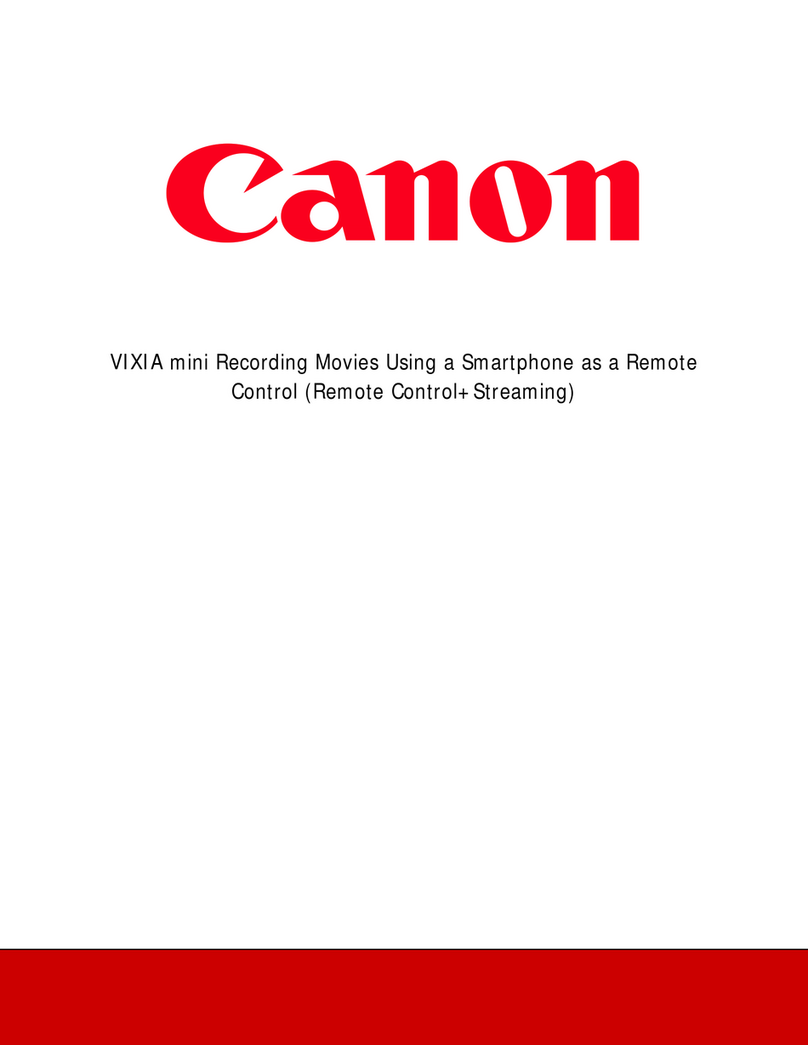
Canon
Canon Vixia mini X User manual

Canon
Canon Legria HFG30 User manual
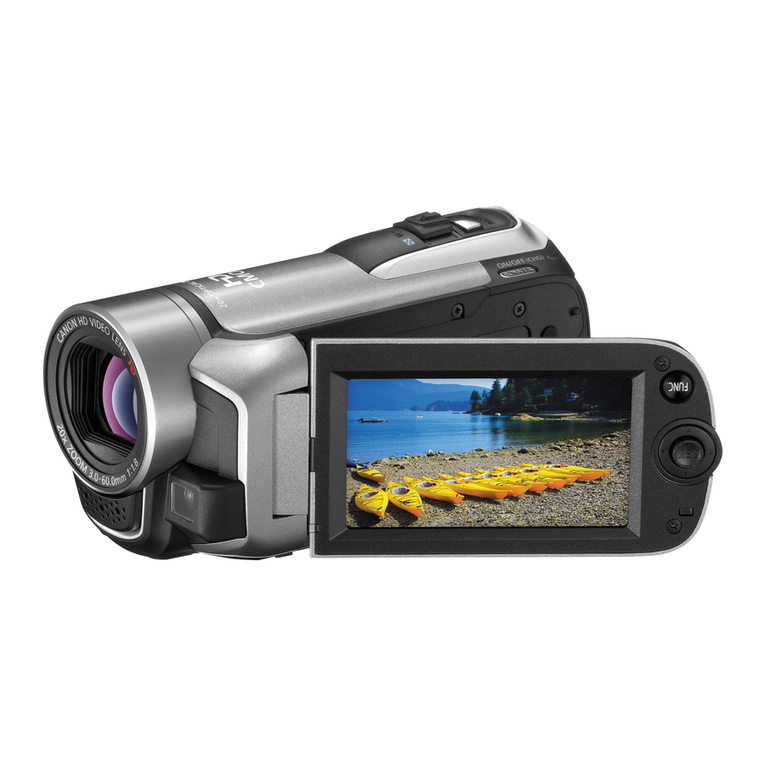
Canon
Canon VIXIA HF R10 User manual
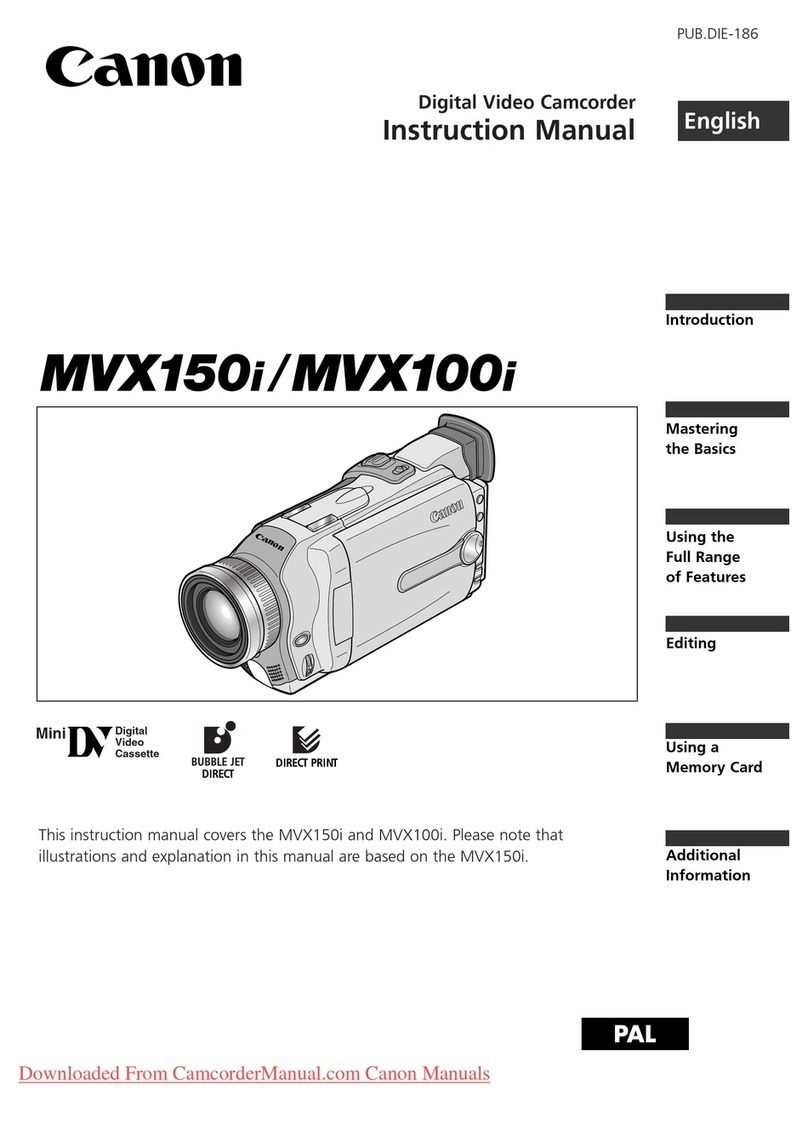
Canon
Canon MVX150i User manual
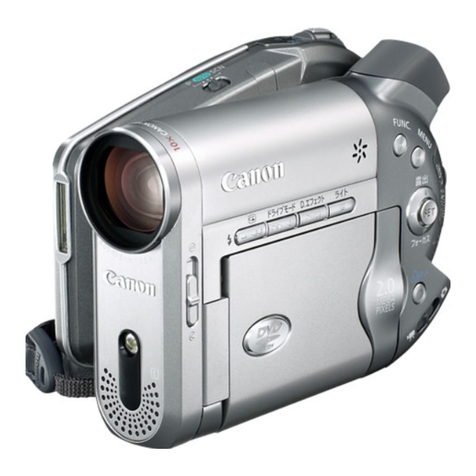
Canon
Canon DC20 E User manual
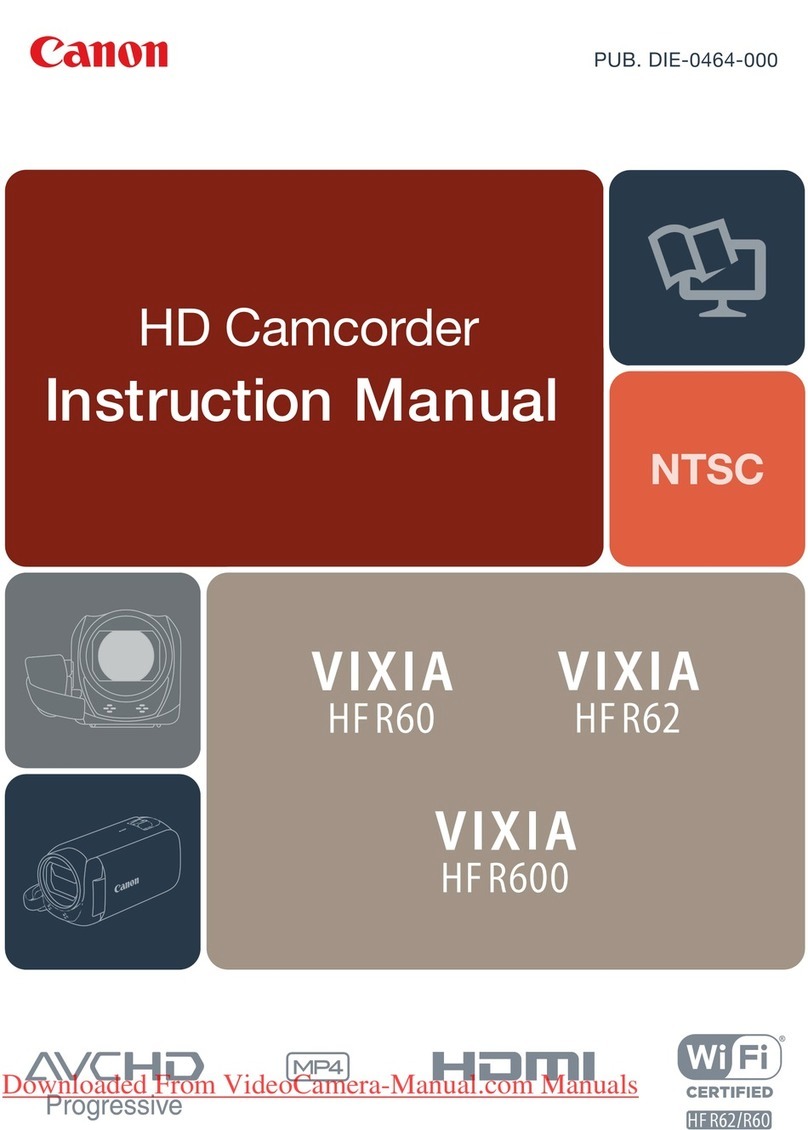
Canon
Canon VIXIA HFR60 User manual
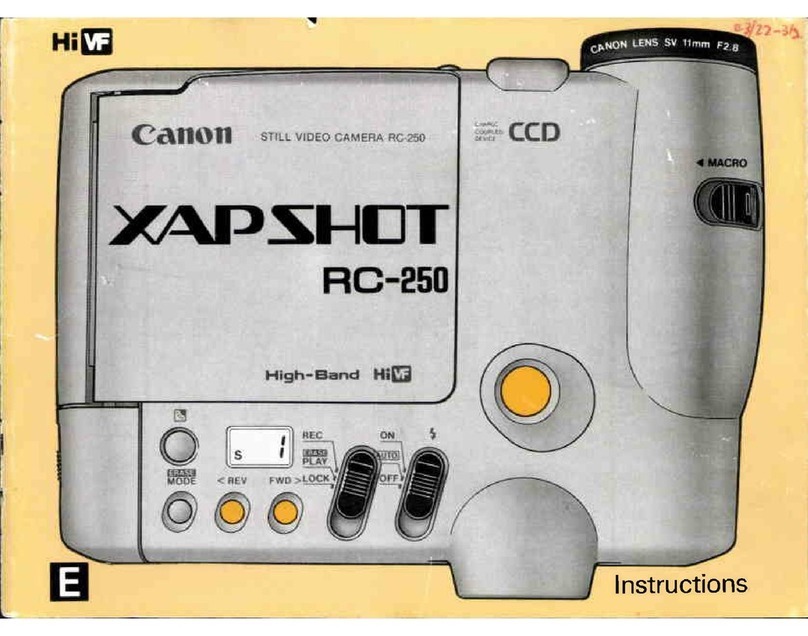
Canon
Canon XapShot RC-250 User manual
